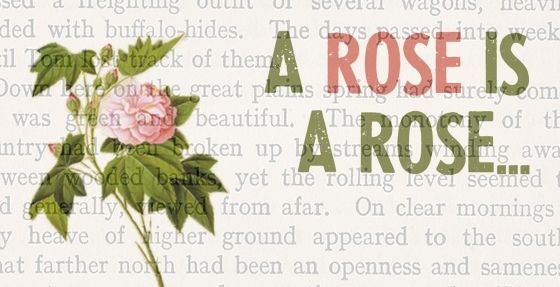Declarative Sentence
When you want to make a statement, as this sentence is doing right now, you are using declarative sentence. This is also known as an ordinary sentence.
“I like my first lines short and declarative. No complicated sentences. Of course, that’s not really a Scott thing. It’s pretty classic grab-the-reader technique.” Scott Westerfeld, writer

You use a declarative sentence is to provide information. A declarative sentence always ends with a period. Declarative sentences comprise most of the written text.
The declarative sentence must have a subject and a predicate:
He is asleep.
Subject – He; Predicate – is asleep.
A compound declarative sentence extends the sentence beyond the one clause and uses a comma and a conjunction to join the independent clauses.
I saw a pretty flower, and I photographed it.
Or you can use a semicolon:
I saw a pretty flower; I photographed it
You can also use a semicolon in conjunction with a transition word, such as: however, besides, alternatively, but, etc
I did not want to go out; besides, it was raining.
A declarative sentence can be a simple, compound and complex sentence. It makes a point rather than asking a question, or making a command or exclaiming something. If none of these occur in the sentence, then it is by definition a declarative sentence. But note that the declarative sentence is also the base form of all these other types of sentence.
famous examples of the declarative sentence
‘A rose is a rose is a rose.’ Gertrude Stein
‘I never forget a face, but in your case, I’d be glad to make an exception.’ Groucho Marx
‘Politics is just show business for ugly people.’ Jay Leno
If you want to give information, state a fact or to present an idea, argue a point, you use declarative sentences. The declarative sentence is most common sentence type in both written and spoken English.



















